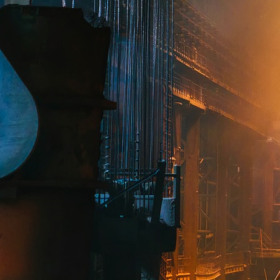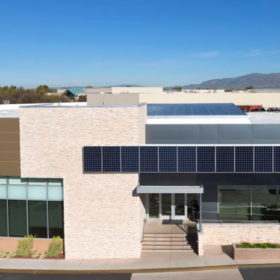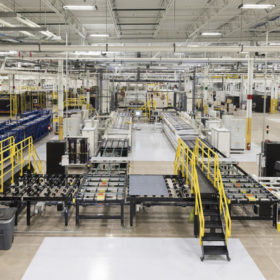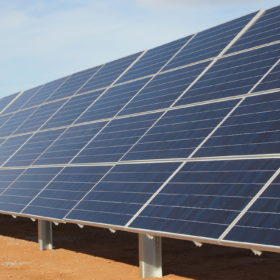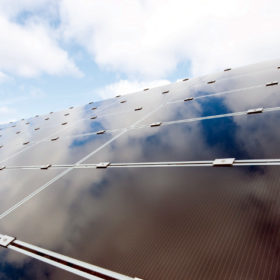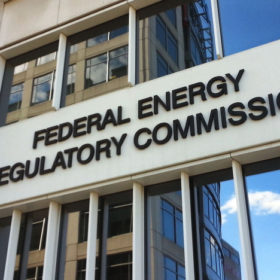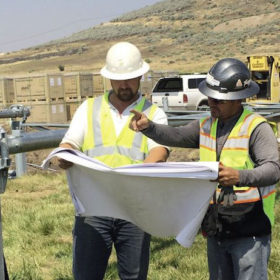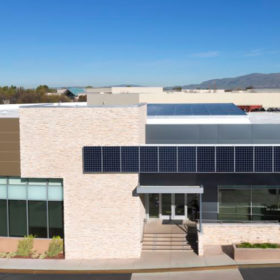Enphase shows turnaround in Q4 results
The struggling microinverter maker narrowed its losses considerably in Q4, as it unveils new products and expands in new markets.
Roth: US steel, aluminum tariffs to add at least 1-3c per watt to solar projects
While President Trump has a range of options, all likely scenarios seem likely to result in a modest increase in the cost of solar installations.
SunPower to lay off 150-250 workers, blames Section 201
The company’s latest restructuring will involve losing roughly 3% of its global workforce, all in “non-manufacuring” positions.
First Solar sold out well into 2020
The thin film PV maker forecasts its new Series 6 PV module to begin mass production in Ohio in Q2 – with 1GW expected to be manufactured globally in 2018. The company also increased its 2018 guidance.
US trade authorities provide details on exemptions to solar import duties
Solar PV makers seeking exemptions to Section 201 duties must make them by March 16, but there is no guarantee that any will be granted.
First Solar to build the largest solar plant in the US South
Georgia Power has awarded a power contract to the PV maker and developer under its latest solicitation. The project will utilize First Solar’s large-format Series 6 modules.
US regulators open markets to energy storage
As the conclusion of a 15-month rule-making, the Federal Energy Regulatory Commission (FERC) will require grid operators to value the contributions of energy storage, and begins a process to look at how aggregated distributed energy resources can compete in wholesale markets.
Chinese companies lead global solar developer rankings
State Power Investment Corporation (SPIC) and GCL New Energy have taken the top spots for installed capacity, but Canadian Solar and First Solar are showing impressive pipelines.
SunPower continues to bleed red ink
Due largely to write downs, the high-efficiency PV maker lost a whopping $750 million during Q4 2017, as it sells off assets.
US government funds $253 million in international solar during 2017
The U.S. government’s Overseas Private Investment Corporation (OPIC) increased clean energy financing in 2017, despite the arrival of the Trump Administration and an ongoing investigation.

